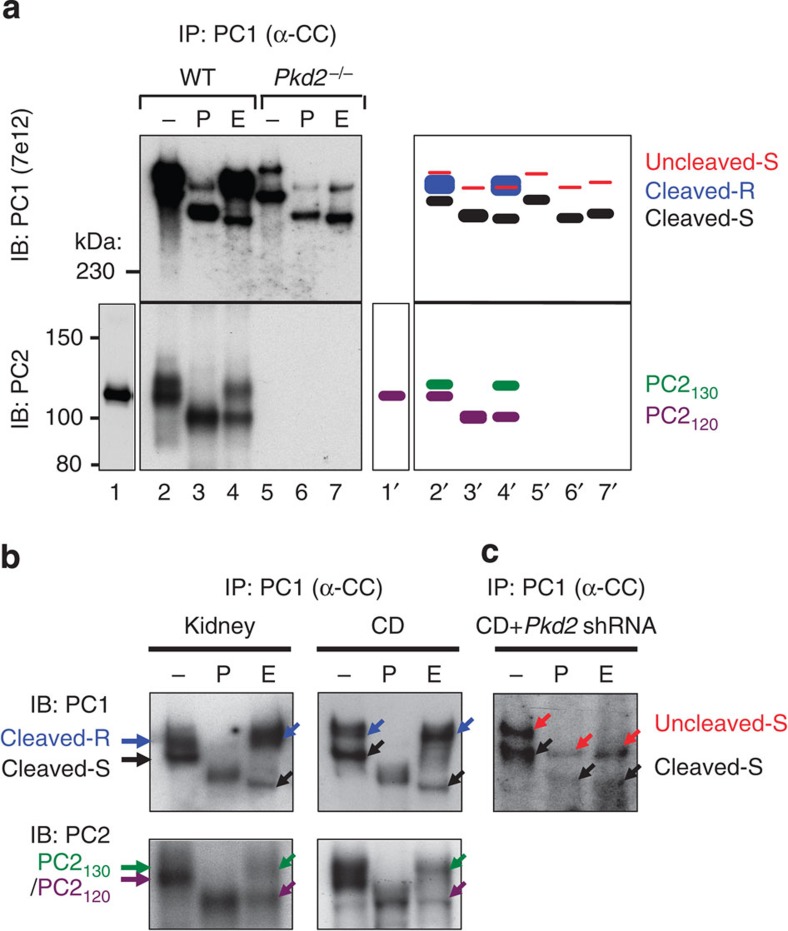Figure 3. Polycystin complex formation is required to reach the Golgi apparatus.
(a) N-glycosylation analysis of endogenous polycystin complex in WT and Pkd2−/− MEFs. Polycystin complex was immunoprecipitated with anti-PC1 (α-CC), treated with PNGaseF (P) or EndoH (E), and analysed by western blot analysis with anti-PC1 (upper panel) or PC2 (lower panel). The schematic diagram at right provides an identification guide for various PC1 and PC2 forms, with colour code that is maintained throughout the figures. Note that PC2 is co-immunoprecipitated from WT MEFs as EndoH-resistant PC2130 and EndoH-sensitive PC2120; and cleaved PC1 cannot acquire EndoH resistance in Pkd2−/− MEFs. (b) N-glycosylation analysis of endogenous polycystin complex in kidneys (left) and CD cells (right) as in (a). Note that EndoH-resistant PC2130 is detected in the polycystin complex in the kidney and CD lysates. (c) N-glycosylation analysis of polycystin complex in CD cells with Pkd2 knockdown. Note that Pkd2 knockdown prevented cleaved PC1 to acquire EndoH resistance. EndoH-sensitive uncleaved PC1 (~520 kDa) is visible as in Pkd2−/− MEFs.

